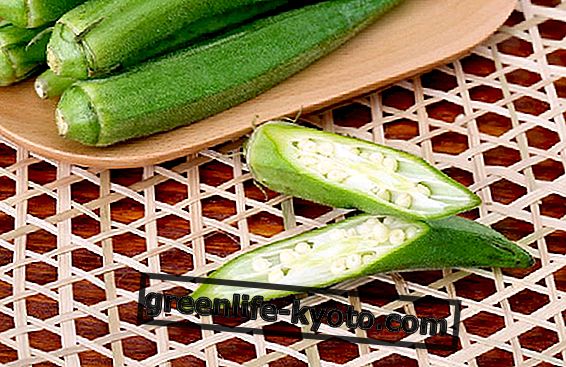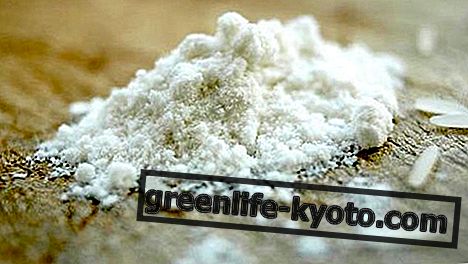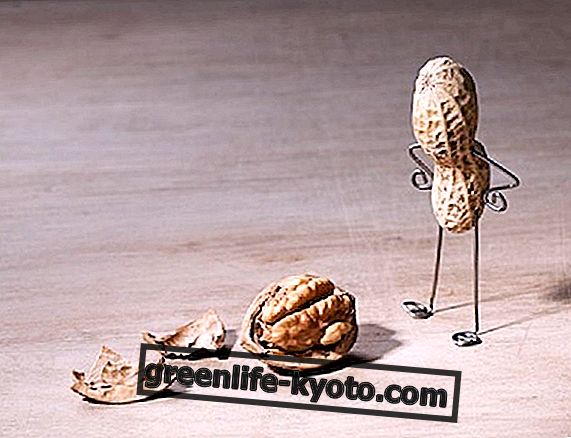The grape, the fruit of the vine ( Vitis vinifera ) has the shape of a bunch and is rich in nutritional properties . Thanks to its stimulating, diuretic and antiviral effects, it has many functions. Let's find out better.
>

Properties and benefits of grapes
A very important component of grapes is resveratrol, a non-flavonoid phenol contained in the skin of grapes with important beneficial properties on the body (anti-inflammatory, antibacterial and antifungal action, diuretic and antioxidant action, etc.).
The pigments responsible for the different colors of grape skins are formed during veraison, the process that leads to maturation, and consist of antioxidant substances such as phenolic acids, anthocyanins, flavonols.
The latter are present in the skin together with fibers and organic acids, while in the seeds, in addition to cellulose, starch, tannins, antioxidant and skin protective substances and mineral salts, there is a percentage of oil rich in linoleic acid.
Calories and nutritional values of grapes
Rich in nutritional and beneficial properties, grapes are one of the most energetic and sugary fruits, highly recommended for children and the elderly given the rapid assimilation of simple sugars (glucose, fructose, dextrose and levulose) contained in it. The grapes contain about 60 kcal every 100 grams of fresh food salt to over 260 calories for sultanas (also known as raisins or raisins ).
In its constitution there are: water 70-85%, sugars 15-20%, few proteins, very few fats high in linoleic acid (an essential fatty acid founder of the omega-six series), fibers, calcium, iron, magnesium, phosphorus, copper and a good concentration of potassium. It also contains minimal amounts of sodium, carotenoids, vitamins A, vitamins of group B (B1 and B6), vitamin C and folic acid.
Grapes, ally of
Such a wealth of nutrients corresponds to an equally broad spectrum of functions
- stimulating effect of intestinal functions; it is good to consume whole grape acids, since peel and seeds enhance the action of the substances contained in the pulp. But those who suffer from kidney stones, gastroenterocolitis, ulcer and diverticulosis should limit their consumption due to their fiber and seed content (in order not to deprive themselves of the beneficial effects of this fruit, they can choose grape juice);
- diuretic and detoxifying thanks to potassium, useful for eliminating accumulated waste but especially for those suffering from arthritis, rheumatism and edema;
- preventive action, together with the strengthening effect of blood vessel walls and the action of antioxidants, of degenerative diseases such as cardiovascular diseases;
- useful for anemics due to its iron richness, enhanced by the presence of copper which favors its absorption together with vitamin C;
- antiviral power thanks to the action of tannic acid and phenol.
You can enhance the properties and benefits of potassium

Description of the plant and the fruit
The vine ( Vitis vinifera ) is a climbing arboreal plant (to grow it attaches to supports) belonging to the Vitaceae family. Very robust and tenacious, with remarkable ability to adapt to different environmental and climatic conditions, it is equipped with a root system that can reach a depth of 6 meters in search of the precious water and nutrients necessary for its development and survival.
The fruit of the vine is the grape formed by a bunch (in turn composed of a stalk or stalk with a partly branched and woody structure depending on the type of vine and the degree of ripeness and many berries also called beans) of different size, shape and light color (yellow, golden-yellow or green) in white grapes, or dark (pink, purple or black) in black grapes.
The grape is in turn made up of the peel (covered with a wax that protects the grain from the evaporation of the water), from the pulp and from the seeds (grape seeds).
The classification of the grapes is given both by the coloring substances present in the skin (white or black grapes) and by the use that if or not ; it varies from table wine (Cardinal, Italy, Regina, etc.) to wine (Sangiovese, Trebbiano, Moscato, etc.) for drying.
Thanks to its ability to adapt, the vine has become widespread in many countries of the world, particularly in places with a temperate climate. In Italy, the two regions in which there is the greatest production of table grapes are Puglia (65%) and Sicily (25%).
Curiosities about grapes
It is sweet, refreshing, palatable and rich in nutrients with exceptional properties.
White or black makes little difference, in fact, there are no important dissimilarities from a nutritional point of view, at most one must recognize a greater richness in terms of iron and flavonoids (antioxidant substances) of red grapes than white ones which have a greater diuretic effect . However, basically, the choice between the many varieties available depends on the taste.
How to choose grapes
Grapes are used above all for the production of wine and grappa ( wine grapes with different alcohol content) but also for food consumption such as fruit, both fresh ( table grapes ), and dry (raisins, used in cooking and in the preparation of sweets) but also for making grape juice (non-alcoholic drink) while seeds are extracted from grapeseed oil, appreciated both in the cosmetic and dietary fields . Pulp, juice but also peel, seeds and leaves are, in fact, useful for the health of the skin and for its beauty, as cosmetics.
In the choice of the grape it is necessary to pay attention not only to the grapes, which must be ripe, of uniform color, well attached to the stalk (that is to the stem and the ramifications of this) but also that the latter is well green and cut cleanly.
There should never be soft or moldy berries, while a white powder should be present on the skin, which makes it opaque. This powder is produced from the fruit to protect itself from heat and is a sign of its freshness.













